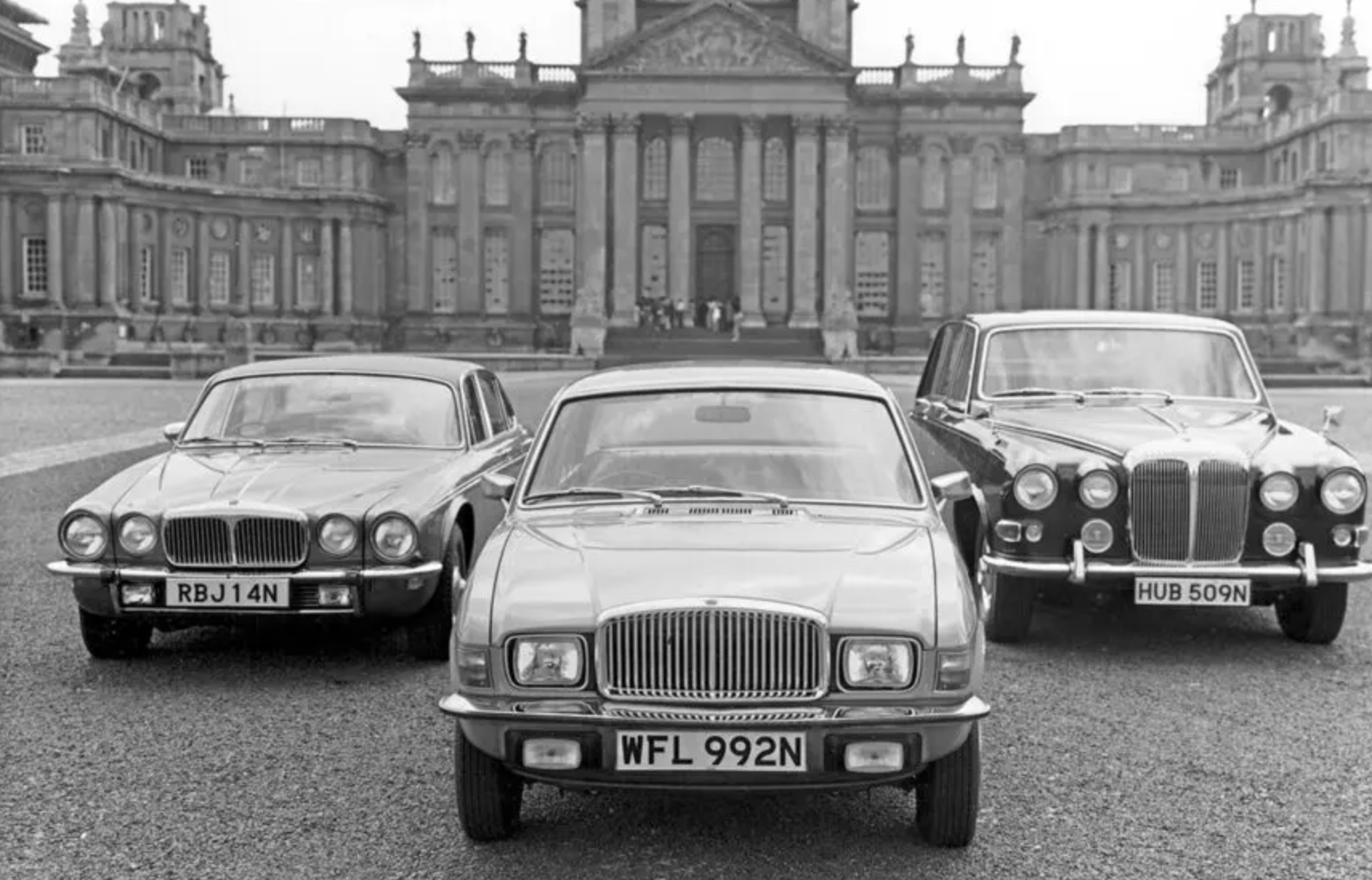Jaguar: A Design Evolution
Lot 23, 1953 Jaguar C-Type Replica
The history of Jaguar – one of the most iconic British car manufacturers – is a testament to the evolution of automotive body design.
Although the marque has had its fair share of technological firsts – such as a stunning Jaguar C-type racer that was fitted with faderesistant disc brakes for 1953’s Mille Miglia time trial in Italy – it is its design vocabulary that has garnered it both a loyal following and an unmistakable street appeal.
Jaguar’s roots trace back to the Swallow Sidecar Company (SS), a Blackpool, Lancashire motorcycle sidecar manufacturer founded by two young friends in 1922.
In the early 1930s, their SS100 sports car was a precursor to Jaguar’s design philosophy. These early models featured a classic British design of graceful curves, a low-to-the-ground persona, elongated bonnets, and prominent wire-spoke wheels. The interiors were characterised by luxurious leather, wood, and art deco influences.
Already seeing a certain ‘muscularity’ to their design, the company named their 1935, 2.5 litre Saloon the ‘Jaguar’, a name that would later prove fortuitous when World War II began and the SS Company decided to fully disassociate itself from the unfortunate acronym by 1945.
Lot 71, 1986 Jaguar Series III 4.2 Auto
It was also around this time that the black cat began to take advantage of its feline curvature and inherent prowl. The popular XK120, XK140, and XK150 models featured a streamlined, aerodynamic design with their distinctive front grilles, voluptuous fenders, and curvaceous exteriors. Their rear-end was significantly lower to the ground which, combined with its curvature — seemed to emulate a large cat in a pre-pounce crouch.
Fast forward to the 1960s when, under the baton of Sir William Lyons and aeronautical engineer Malcolm Sayer, Jaguar launched the iconic E-Type. Often described as one of the most beautiful cars ever made, its groundbreaking design captured the cool nonchalance of the jazz era and although it retained a touch of masculinity, it was also softer, more sensuous than many of its predecessors and competitors. The E-Type was and continues to be imitated by European, American and later Japanese marques hoping the Jaguar’s musk of success would rub on their own designs.
A 1959 Jaguar XK150 Print Advertisement
From there, Jaguar’s most extreme design evolution was unveiled in the 70s in the form of an XJ — a car that, in many ways, obtained its design nous from the Mark I and II. Moving away from the two-seater market and hoping to capitalise on the success of four-door sedans by the likes of Aston Martin and Jensen, Jaguar launched a daring, if controversial design that included a ‘flying buttresses’, sweeping from the top of the rear roofline down to the rear of the wings and distinctive quad-headlamps. If the E-Type was sleek and jazzy, the XJ was suited up; elegant and sophisticated. The XJ body was ahead of its time and it took some time for critics to fully understand how it allowed for excellent drag coefficient and speeds unheard of in cars of its type.
In the 21st century, Jaguar revived its sports car line-up with the XK and later the F-Type. These models feature a sleek, contemporary design with a focus on aerodynamics and performance. The interiors blend technology with traditional craftsmanship, offering a harmonious driving experience. The F-Type, in particular, embodies Jaguar’s commitment to maintaining its sports car heritage. Jaguar’s design history reflects a journey of innovation and timeless elegance. From its early SS models to the modern F-Type, Jaguar has consistently combined beauty with performance, leaving an indelible mark on the automotive world.
To discuss consignment and the process around selling at auction, please get in touch with our specialists.
View all articles & videos here, or click below for the previous article







